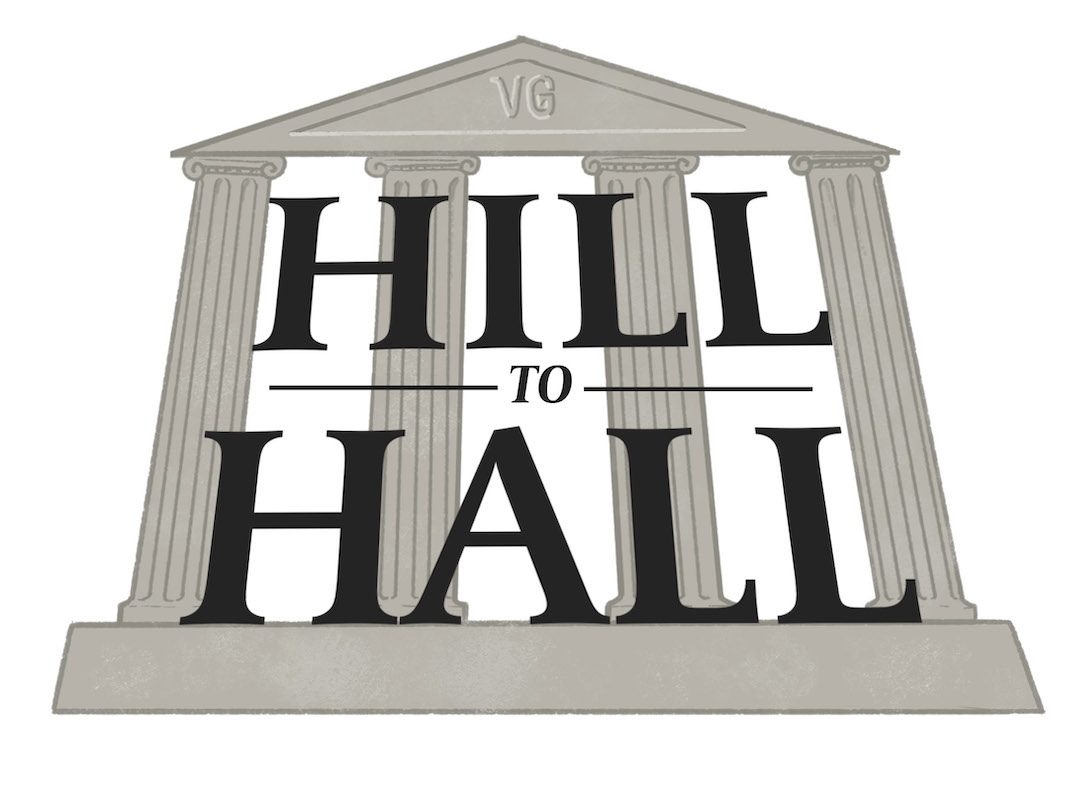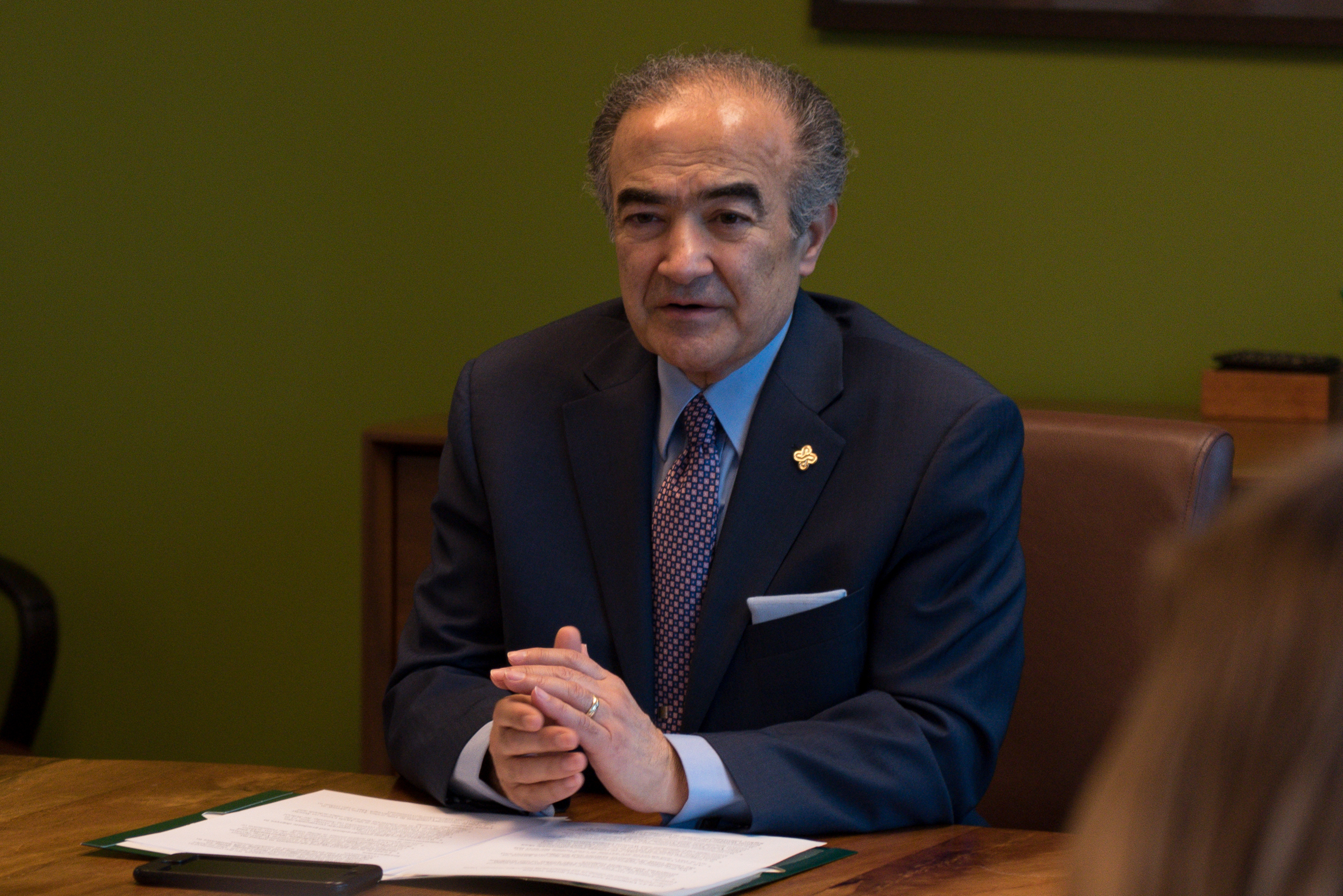Portland State’s Incident Management Team (IMT) is a cross-functional group, understanding and responding to emergency events affecting the campus community; it has been critical in determining PSU’s response to COVID-19.
Originating as a method to effectively respond to wildfires, IMTs have been implemented in higher education institutions, and at the city and county level in Portland to respond to a wide range of emergencies, according to Brian Roy, associate vice president of risk management and contracting at PSU.
“We meet regularly, we do exercises, we do training,” Roy said about PSU’s IMT. “What we’re [here] for is when we have an incident that is big enough or broad enough to impact the university in a way that we need to coordinate a response.”
While the IMT is normally comprised of multiple units such as University Communications, Student Affairs, Campus Public Safety Office and Facilities and Property Management, it has brought on the Office of International Affairs and Student Financial Services recently to aid in its response to the pandemic. According to Emma Stocker, director of emergency management, International Affairs and Student Financial Services was included in PSU’s pandemic response as students were affected financially, and some study abroad and international students couldn’t return home.
“Emergency management work doesn’t happen in a vacuum,” Stocker said, whose role is making sure IMT is running efficiently and effectively. “All of my work is about connecting to the unit on campus, whether it’s health, facilities or IT.”
IMT develops responses whenever campus operations are affected by foul weather like snowstorms, and trains for incidents ranging from power outages to a sky bridge collapsing in tabletop exercises—role-playing with IMT members as though an incident were happening in real time.
“We have not done a tabletop specifically about COVID[-19] or about a pandemic,” Stocker said. “But there were a number of pieces in place…that helped us get our footing quickly.”
In 2017, in the wake of a meningitis outbreak at the University of Oregon, PSU’s IMT and Multnomah County Public Health participated in a practical exercise for how to best administer medications effectively to the masses. As part of the exercise, the campus rec center’s basketball courts were converted into a temporary facility to “administer” medication, but the basketball courts proved to be noisy and difficult to access from the street.
“I feel public health came away with a greater understanding and appreciation of the complexity of campus,” Stocker said about the joint exercise.
Currently, Student Health and Counseling (SHAC)—a member of IMT—still maintains a relationship with Multnomah County Public Health, with two SHAC personnel directly working with the county about assessing the state of the pandemic and developing an appropriate response. “SHAC [is] the main public health point of contact,” Stocker said. “So they have plans with the county for how to test for, communicate about and manage communicable diseases or sexually transmitted infections.”
According to Roy, IMT intends to align its plan for a phased reopening of campus with Multnomah County, which would mean PSU begins phase one of reopening on June 12. But for Roy, moving to phase one means “very little difference” as instruction for summer term is not changing.
“Basically it still means remote work as much as possible,” Roy said. “If work can be done remotely it should be.” While plans are still tentative, phase one for PSU could bring back some building maintenance and research as well as increased activity at SHAC.
Fall term at PSU is even less certain. “Nobody can guarantee to know what things are going to look like,” Roy said. “So we are planning for various scenarios in the fall, but we just don’t have it nailed down quite yet.”
Stocker has been working with the provost about possibilities for what the fall term might look like. “The options are endless when it comes to what instruction could look like,” Stocker said. “But we narrowed it down to two scenarios.”
According to Stocker, scenario one is primarily remote with restricted face-to-face interaction—in-person instruction would have to be approved as an exception. Scenario two is more about variety and instructor choice, which could include remote learning, in-person learning or a hybrid of both. On May 28, a survey was sent out from the Office of Student Success, asking for student opinions about the different scenarios.
But face-to-face interactions come with having to understand what COVID-19 room capacity would be, whether masks are required and best cleaning practices, which are still being decided. “In both scenarios, we would apply all the new public health guidelines,” Stocker said.






